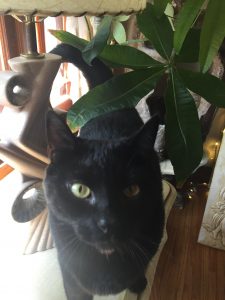
Prepare yourself for a tale of waste… and cats.
Brewers love to talk about ancient history, mostly in the form of the classic anthropological debate – bread or brew. But what about brewers and their connections to the “domestication” of animals. Sure, I love my dogs and without oxen, plowing a field of size would be tough.
I would argue that for all the love we give our brew pups, no animal has been more important to the continuation of mankind’s brewing arts than Felis catus – the “domestic” house cat. Quotes because really – domesticated? Hardly!
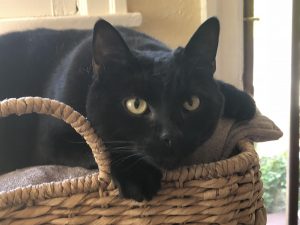
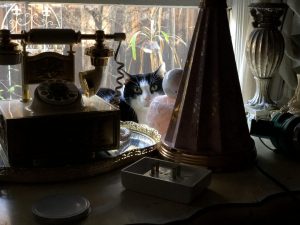

Here are mine – Isis, the black kitten and Osiris, her brother decked out in trendy bandit wear, being all stealthy.
While no one knows exactly how cats got domesticated, most of the speculation seems to be that they just moved into our communities and were tolerated and eventually adapted to hunting our varieties of vermin. Turns out that last part was very useful – particularly to brewers.
Why in all Ninkasi’s glorious beer giving name am I talking about an event that happened nearly 10000 years ago, give or take? Well, I’ve talked in the past about having a lot of grain in my garage – a lot. I like being able to brew on a whim, because that’s how it usually works for me and so it’s handy to have bulk storage. (Bulk storage is a theme of humanity’s post-nomadic existence)
I’ve always sworn by a combination of Gamma Lids on 5 gallon plastic buckets. For a little over $12 ($9 for the lid, $3 for the bucket – yes, I know they’re not rated food grade – I don’t have any twitches, yet), I can safely and securely store 25 lbs of grain in a water and air tight container. You can see them here in the middle of my very messy garage – more on that later.
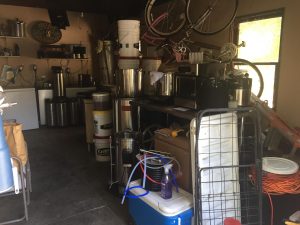
Here in Southern California, like most places populated by humanity, we have our friendly neighborhood vermin. In the case of LA, the Brown Norway Rat, is super common. Like those of us driving up real estate prices, they love our hospitable climate. Many of our homes are on land that was formerly ranch and farm land adding to the rat allure.
My neighborhood, Lamanda Park, was home to fields of grapes and citrus – hence we have our fair share of our buddy the rat. They love my fruit and avocado trees. They love to stage the occassional break-in to my 1920’s home particularly my stand alone garage.

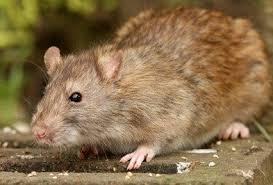
In all the years I’ve lived here and been storing my grain in buckets, I’ve never had a problem with the odd incursion. I’ve killed a few rats, a few have tried gnawing on the bucket lids to no avail – life moves on.
That is until I decided to better secure the garage and wound trapping some inside.
I stepped out of the brewery for a few weeks and found that in their desperation, they’d managed to finally bust into a few of the buckets – through the weak part of the lid. Gotta give them credit – that was some tenacious work.
All told, they got into three partial buckets (missed the full ones and thankfully none of my truly esoteric malts!) But they did get three different base malts – maybe they were trying different flavors. They got my last supply of Great Western Superior Pilsner and Great Western Pure California and a bit of my Thomas Fawcett Maris Otter
Hats off, Mr. Rat. Of course, now they’re toast and I’m steam cleaning the whole brewery.
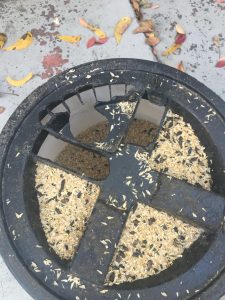
Jerks. I was thinking maybe I should make like humanity of old and get a barn, erm, garage cat. Think my neighbors would mind if I threw their outdoor cat (Elvis – update – actually named Melvin) in there for a while? After all he sits in my yard all day!
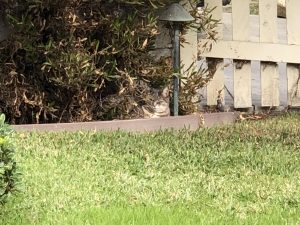
Moral of the story – rats are with us and they like our grain. Do your best to keep them out! Be vigiliant and maybe keep a cat or two on hand.
In this case, I still swear by the gamma lids, but maybe I’ll put some thin sheet metal on top of the bucket stacks. (My wild rats haven’t demonstrated the thinking skills necessary to get past anything metal, so…) What have you done to keep things safe?
And just to further the point about cats and humanity and beer… here’s Isis again with a glass of Pilsner!
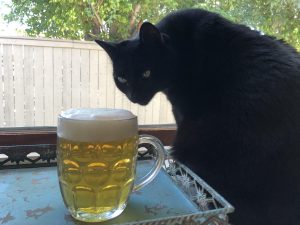

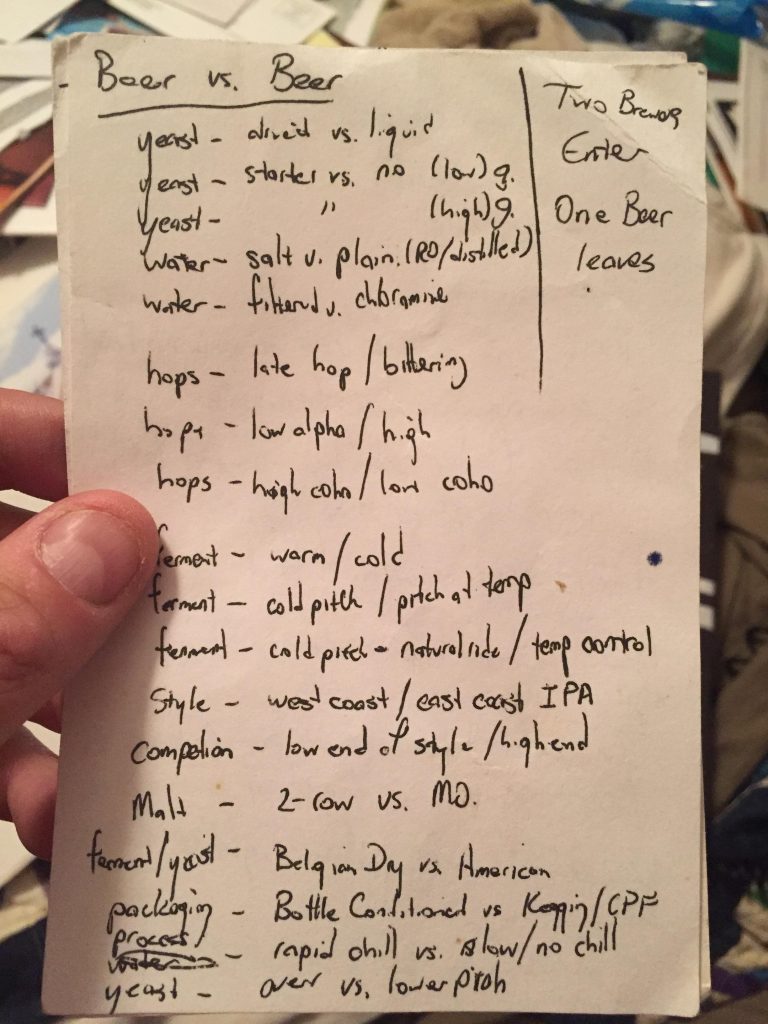
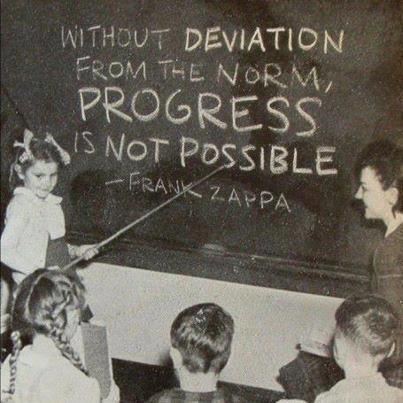
 When you make the tea normally (e.g. with hot water) it turns into this:
When you make the tea normally (e.g. with hot water) it turns into this:  It was beautiful stuff.Serious flights of angels type experience. Bright floral pop of jasmine, funky earthiness of the green tea blending in with Saison yeast. Wyeast 3711 in this case. The slickness of the yeast helped offset the little bit of tannin that was extracted as well. How much did I like this beer? Enough to drink a fair amount of it, despite having a low grade allergy to jasmine! The details are covered online here in Beer&Brewer Magazine out of Australia.
It was beautiful stuff.Serious flights of angels type experience. Bright floral pop of jasmine, funky earthiness of the green tea blending in with Saison yeast. Wyeast 3711 in this case. The slickness of the yeast helped offset the little bit of tannin that was extracted as well. How much did I like this beer? Enough to drink a fair amount of it, despite having a low grade allergy to jasmine! The details are covered online here in Beer&Brewer Magazine out of Australia.
There is one exception, though…your own tastes, which are completely subjective. Some people prefer an IPA that has had time to lose a but of its character and say it helps the flavors blend. I don’t agree, but you get to drink your beer how you like it and I get to do the same with mine. Just PLEASE, try it both ways and make an objective decision!”